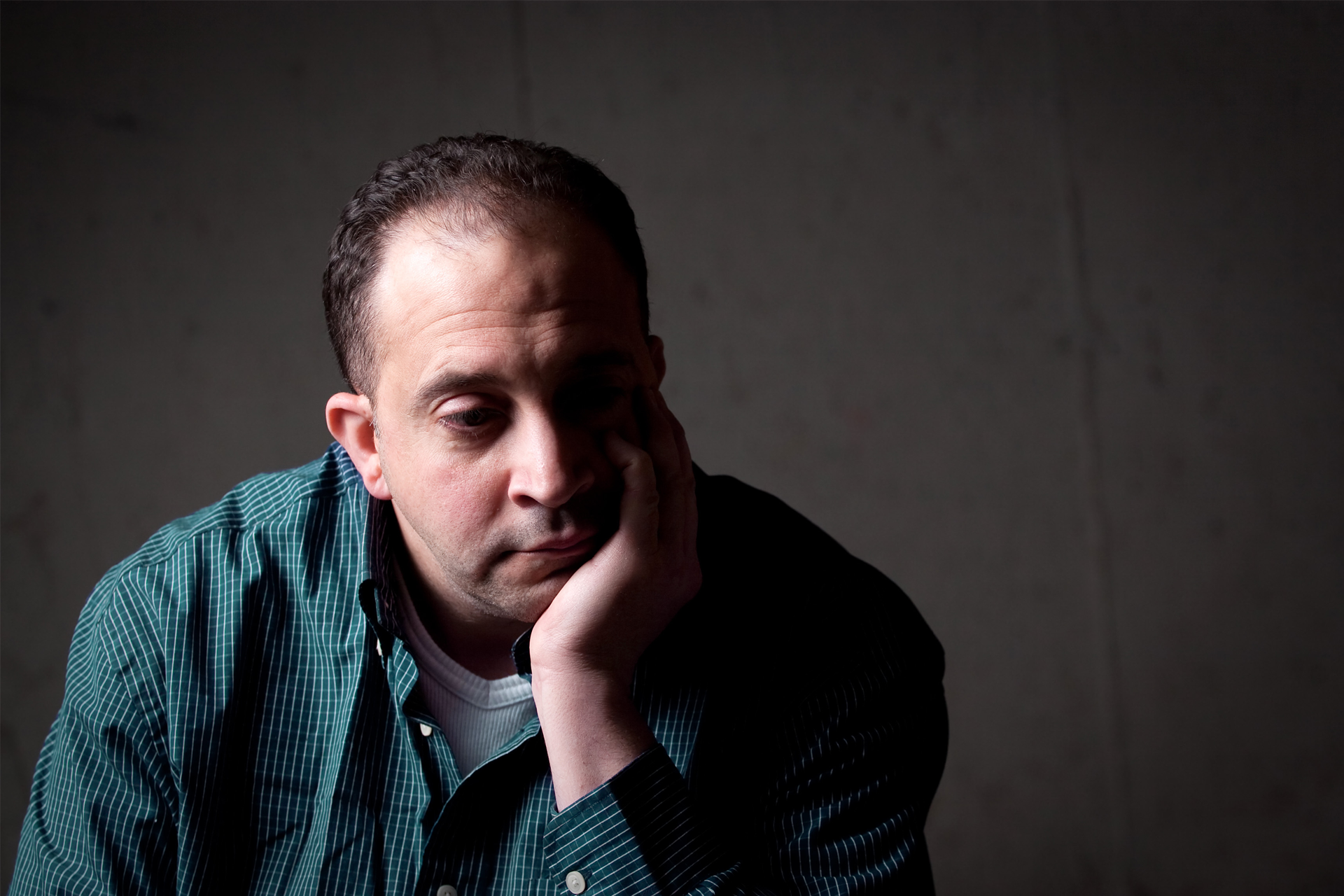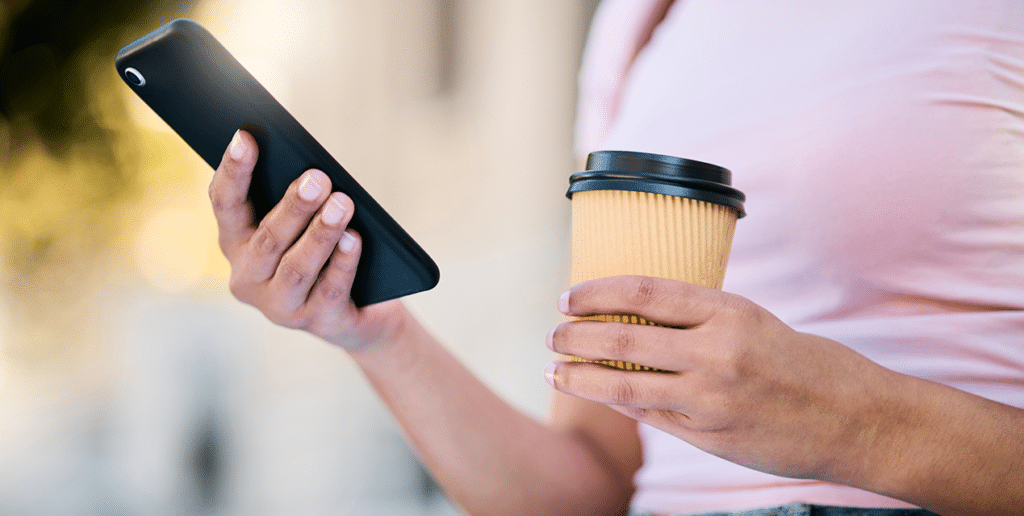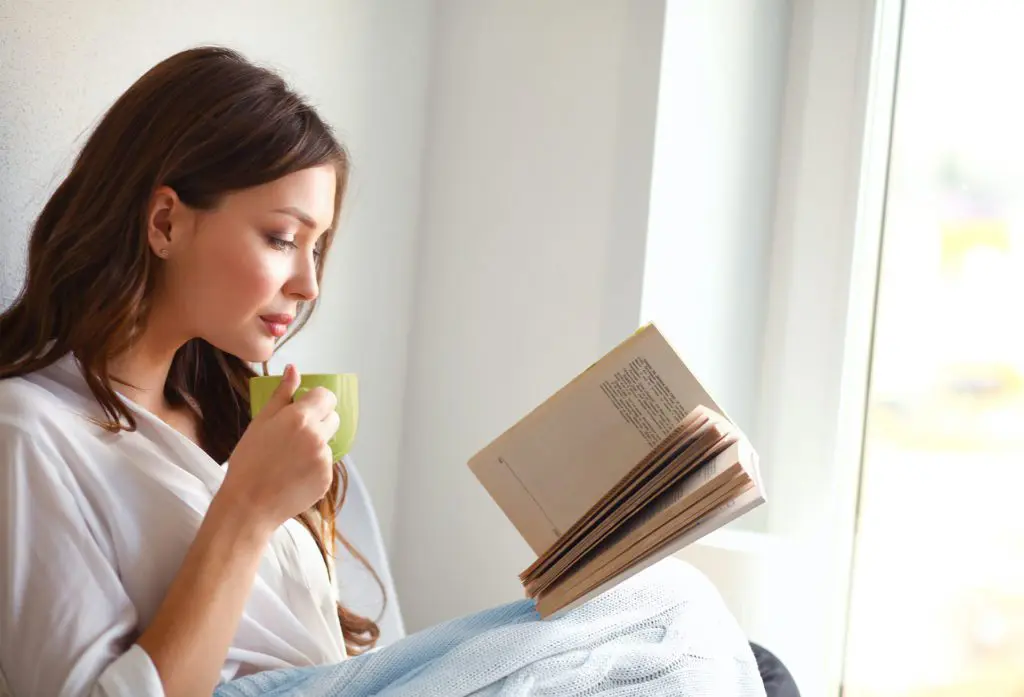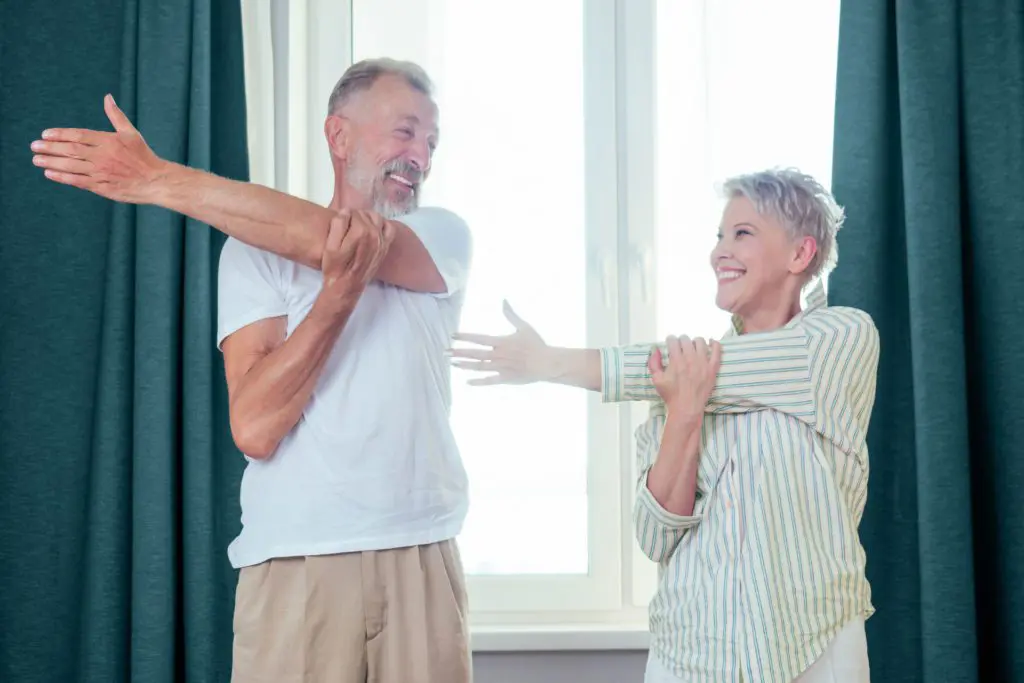If shorter days and shifts in weather deplete your energy and make you feel blue, you’ve got classic symptoms of seasonal affective disorder (SAD), a form of depression triggered by changes in daylight and weather that occur primarily in winter. Experts aren’t certain why some people get SAD, but some think that the seasonal changes disrupt the body’s circadian rhythm, the 24-hour clock that regulates how we function during sleep and waking hours, which cause us to feel energized and alert sometimes and drowsy at other times. Another theory is that the changing seasons disrupt hormones, such as serotonin and melatonin, which regulate sleep, mood, and feelings of well-being. The signs and symptoms of SAD typically can include:
- Feelings of depression that happen most of the day, every day, in a seasonal pattern
- Having tiredness or low energy
- Loss of interest in activities you used to enjoy
- Changes in appetite or weight gain
- Sleeping too much
About 4% to 6% of people in the United States have SAD, according to the American Academy of Family Physicians, and as many as 20% may have a mild form of it. If you or a loved one is experiencing symptoms of SAD, here are few options to consider to help manage it.
Talk With Your Doctor
Because SAD is a form of depression, it needs to be diagnosed by a mental health professional. Doctors have several screening questions that can help determine if someone is depressed. Your doctor will be able to sort out whether you have SAD as opposed to some other form of depression. If you think you have SAD, schedule a screening with your HealthLynked provider as soon as possible.
Ready Your Mind in the Fall
Just like you prepare your home for the fall-to-winter transition, you may want to consider preparing your mind, too. Regularly allotting time for mood-boosting activities can help you feel physically and psychologically healthier. Experts recommend that you set yourself up for the winter season by starting in the fall season by doing enjoyable activities, initiating friend group chats and outings, participating in fun hobbies, and engaging in clubs or community service. Regularly taking part in these activities ahead of time is much easier than trying to start from scratch once the winter blues have already set in.
Try Bright Light Therapy
Exposure to artificial light to help keep your circadian rhythm on track is widely considered a first-line treatment option for SAD. One way to try bright light therapy is by using a light therapy box. Also known as phototherapy boxes, these devices give off light that mimics sunshine and can help in the management of SAD. Typically, you’ll sit in front of the light box for about 20 to 30 minutes a day. This will result in a chemical change in your brain that boosts your mood and alleviates symptoms of SAD. Experts usually recommend using the light box within the first hour after you wake up in the morning. Although often safe and effective, light therapy boxes are not regulated by the U.S. Food and Drug Administration (FDA). Be sure to talk with your doctor about whether a light therapy box is right for you.
Stick to a Schedule
People who live with SAD often have trouble sleeping at night and getting up in the morning. Maintaining a regular schedule improves sleep, which can help alleviate symptoms of seasonal depression. Keeping a regular schedule will also expose you to light at consistent and predictable times. Making sure you eat at regular intervals can help avoid overeating, many people who live with SAD find that they gain weight in the winter.
Get Moving
As it does with other forms of depression, exercise can help alleviate SAD. Exercise can also help offset the weight gain that is common with SAD. Outdoor exercise is most helpful for relieving SAD symptoms. But if you can’t exercise outside because it’s cold or snowy, try using a treadmill, stationary bike, or elliptical machine set close to a window at home or at the gym.
Let Sunshine In
If you have seasonal depression, you’ll want to get outside as much as you can during the day to take advantage of what sunlight there is. On cold days, bundle up and take a stroll around the block in the early afternoon when the sun is brightest. Also, when you’re indoors, keep your blinds open to let in as much natural light as you can. If you’re working remotely, choose a workspace near a source of natural light if possible. Indoor lighting is much dimmer than natural light, and this can negatively affect SAD symptoms.
These are a just a few of many ways to alleviate symptoms of SAD. Visit the American Psychiatric Association website to learn more about seasonal depression. If you or a loved one are showing signs of SAD, schedule an appointment with your HealthLynked provider to get a screening.










